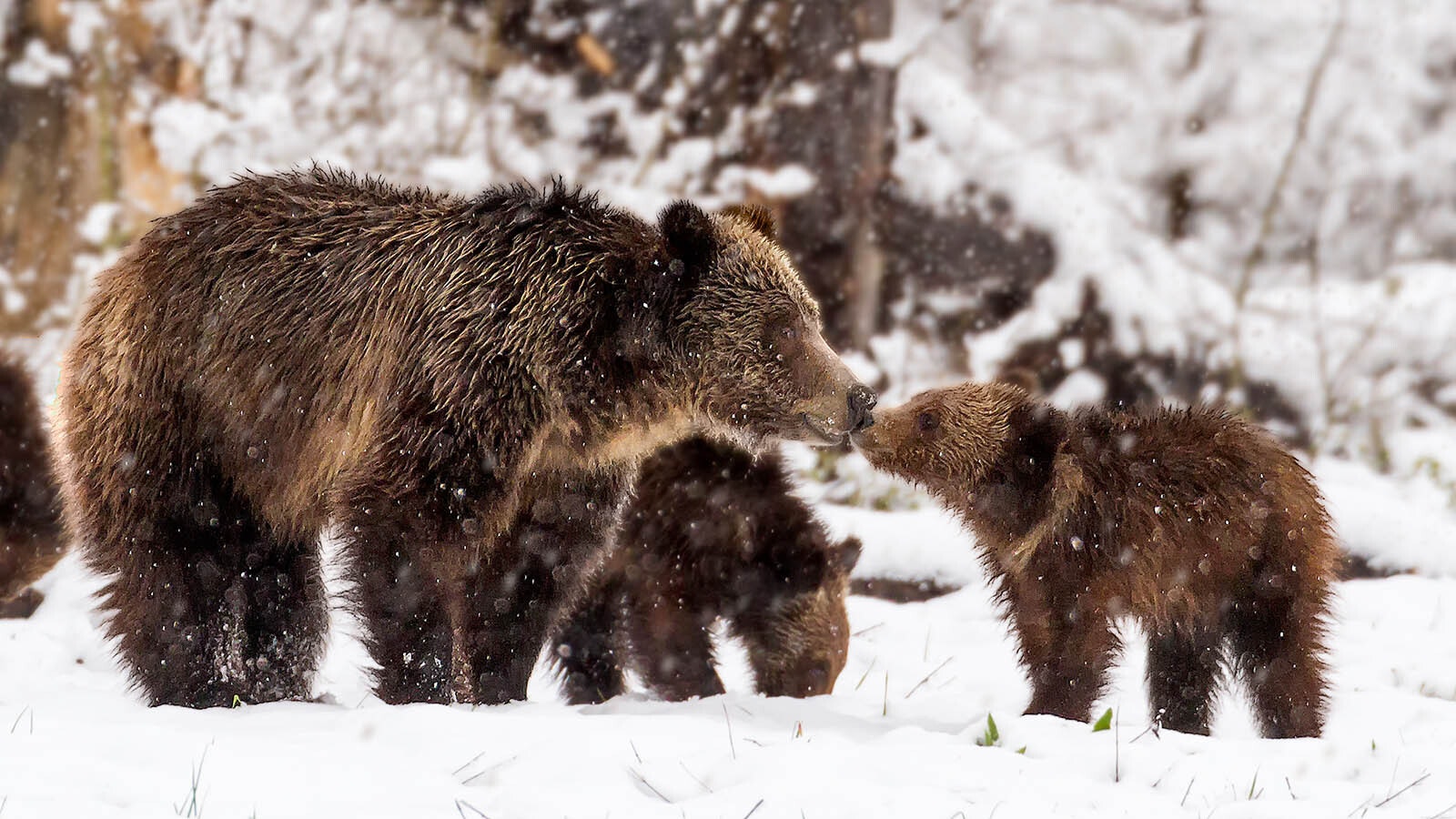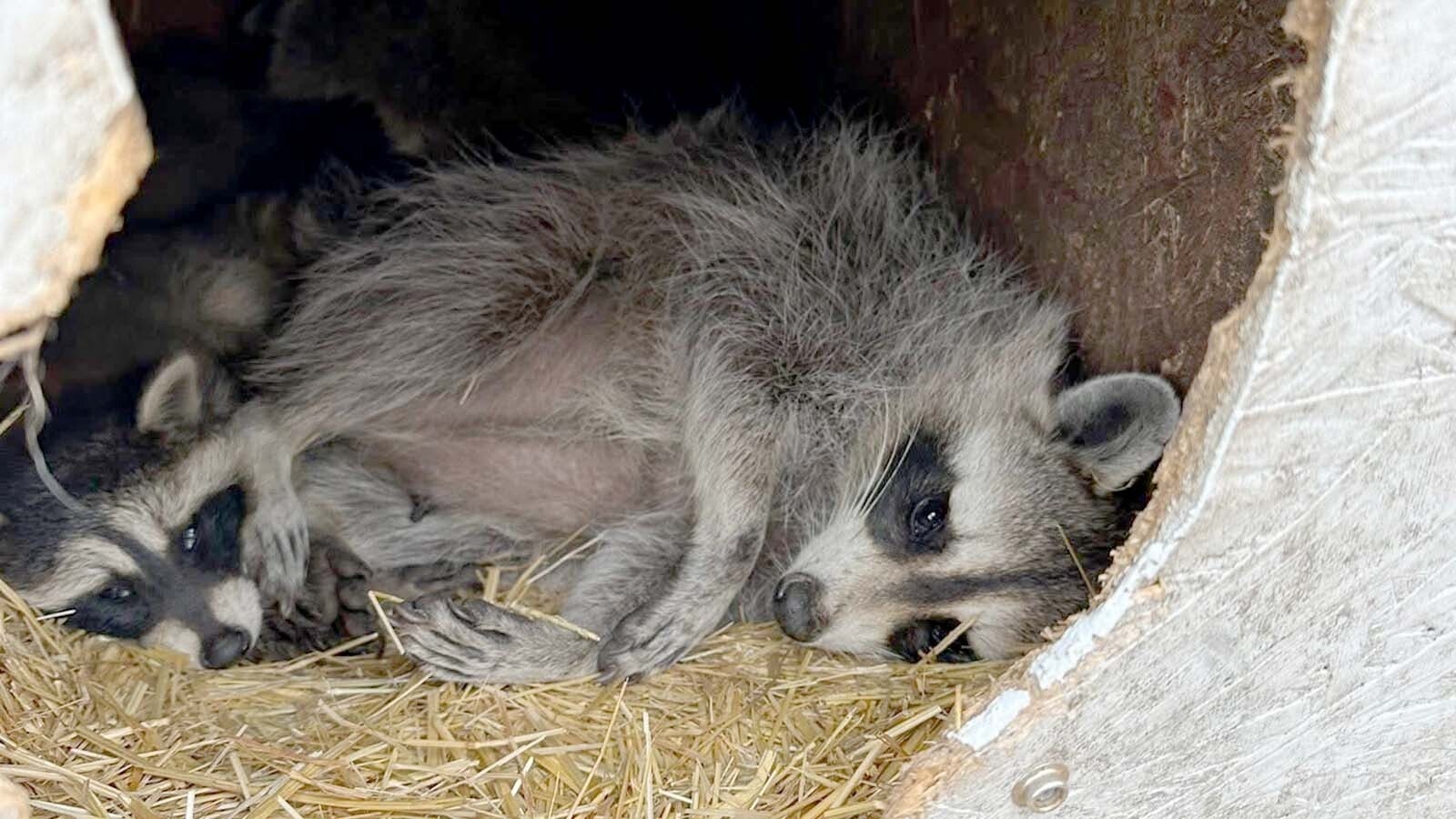About this time last year, getting grizzly bears in Wyoming and neighboring states delisted from federal Endangered Species Act protection was a top priority and seemed to be gaining traction.
Gov. Mark Gordon and Wyoming’s entire U.S. Congressional delegation were pushing hard to get grizzlies delisted.
Republican Congresswoman Rep. Harriet Hageman was particularly vocal, bringing it to congressional hearings. During one such hearing, Wyoming Game and Fish Department Director Brian Nesvik testified in favor of delisting.
Gordon’s office announced that he had struck a deal with the U.S. Fish and Wildlife Service that would very likely get grizzlies delisted within a year.
That year has passed, and grizzles in the Lower 48 remain protected.
Because Of An Election Year?
Requests for comment from Cowboy State Daily to Hageman’s office and the USFWS weren’t responded to as of publication time on Friday.
Gordon’s office didn’t have much to say. Spokesman Micheal Pearlman told Cowboy State Daily that “nothing has changed as far as our approach,” but that the USFWS has been unresponsive.
Speaking to Cowboy State Daily last year, retired U.S. Department of the Interior official Rob Wallace said he was optimistic the Gordon’s plan would work and grizzly delisting would go through this time.
Revisiting the topic this week, Wallace said he isn’t sure why the momentum to delist grizzlies has stalled.
“I think the state of Wyoming has done everything they can to show that the grizzly bear should be delisted,” said Wallace.
He retired in 2021 as assistant U.S. secretary of the Interior for Fish, Wildlife and Parks, a position from which he oversaw USFWS.
And to his knowledge, federal biologists likely favor delisting too, Wallace said.
“I think, based upon my experience, that the officials within the U.S. Fish and Wildlife Service think it’s feasible to delist the bears,” he said. “The case for the bears being delisted has been irrefutably made.”
The current stall in delisting efforts might have more to do with politics than biology, he said. With the cantankerous 2024 presidential election looming, officials’ attention might be elsewhere.
“Is this just a walking back of getting into the backlog of controversial issues during a presidential year?” he asked hypothetically.
Game And Fish Still Onboard
During his testimony in March 2023 before the U.S. House Water, Wildlife and Fisheries Subcommittee, Nesvik said Game and Fish was ready to have grizzlies delisted.
“The reason (grizzly bears) remain listed is not based in biology, but rather in administrative complexities and technicalities espoused by federal judges and court decisions,” Nesvik said at the time.
“Each time this population has been delisted, the proverbial goal post required to delist has moved – and each time it has moved, the states have responded with corresponding changes to regulatory mechanism and statues,” he added. “But to date, to no avail.”
Game and Fish is still onboard with grizzly delisting, agency spokeswoman Breanna Ball told Cowboy State Daily.
“The agency’s stance remains the same,” she said.
If grizzlies are delisted, management of the species would be handed over to Game and Fish and its sister agencies in Montana and Idaho.
Some grizzly conservationists have pushed back against delisting, because it would almost certainly mean hunting seasons for grizzlies in Wyoming, Montana and Idaho.
Game and Fish is ready for that too, Ball said.
“In regard to hunting: Should a delisting occur and with state management, we are committed to long-term grizzly bear conservation,” Ball said. “Wyoming has a strong track record of successfully managing other large carnivore species like black bears, mountain lions and gray wolves. Like other wildlife, large carnivores must be managed, and that includes management and harvest objectives developed with data and public input.
“Potential grizzly bear hunting seasons would be tightly regulated and approved by the (Wyoming Game and Fish) Commission following robust public input. Hunting is one method to move populations toward objectives. Our time-tested model for managing many wildlife species in North America, including large carnivores, has always included hunting.”
The Case Against Delisting
Retired federal ecologist Chuck Neal of Cody has been a critic of efforts to delist grizzlies. Even though delisting has apparently tanked, at least for now, he told Cowboy State Daily that he still has the same concerns.
“A grizzly bear population secure enough to be delisted has to have a 95% probability of persisting for at least several centuries as a wild, free-ranging, self-sustaining species,” he said.
That would include vast expanses of secure habitat and robust genetic exchange between subpopulations, Neal added.
“No single grizzly population in the Lower 48 meets these criteria, and certainly not the Yellowstone bears,” he said.
Neal said grizzlies’ future could hinge upon bringing them back to the remote wilderness areas of central Idaho, a move wildlife officials have been pondering.
That could be key to finally getting adequate intermingling between the Wyoming-based Greater Yellowstone grizzly population and Montana’s Northern Continental Divide grizzlies, radiating out from Glacier National Park, Neal and other conservations say.
Those favoring delisting argue that the sheer number of grizzlies warrants it. There possibly are more than 2,000 bears about evenly split between the Yellowstone and Northern Continental Divide populations.
But Neal and other delisting opponents say it’s the quality of the bears’ range and their genetic diversity, not just numbers alone, that will make the difference.
“The most important criterion to keep in mind is not numbers per se,” he said. “If there were 5,000 bears in Yellowstone National Park, for example — not biologically possible of course — they would not be a secure population.”
Mark Heinz can be reached at mark@cowboystatedaily.com.





